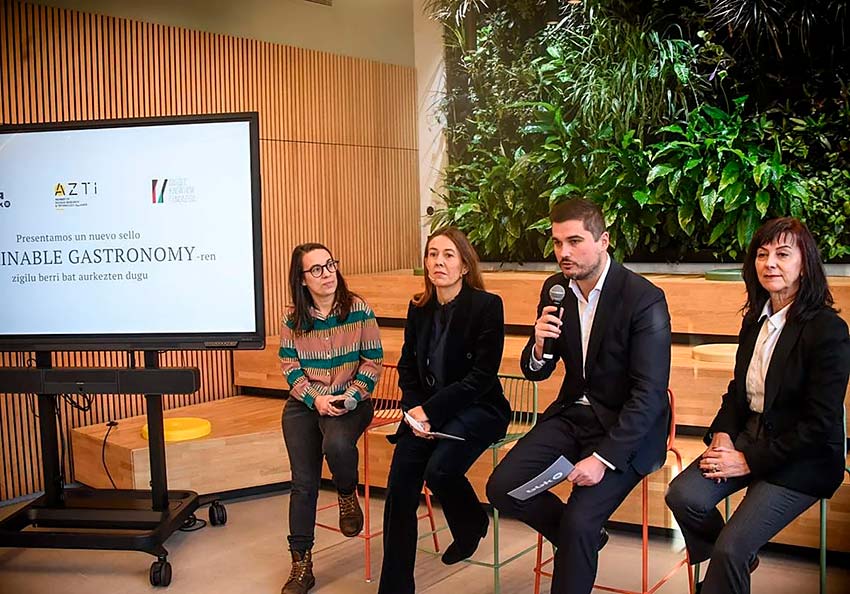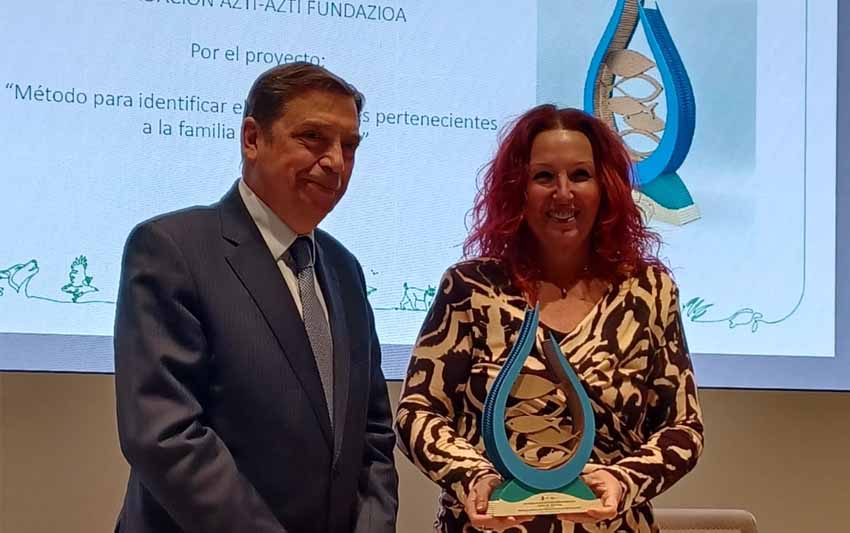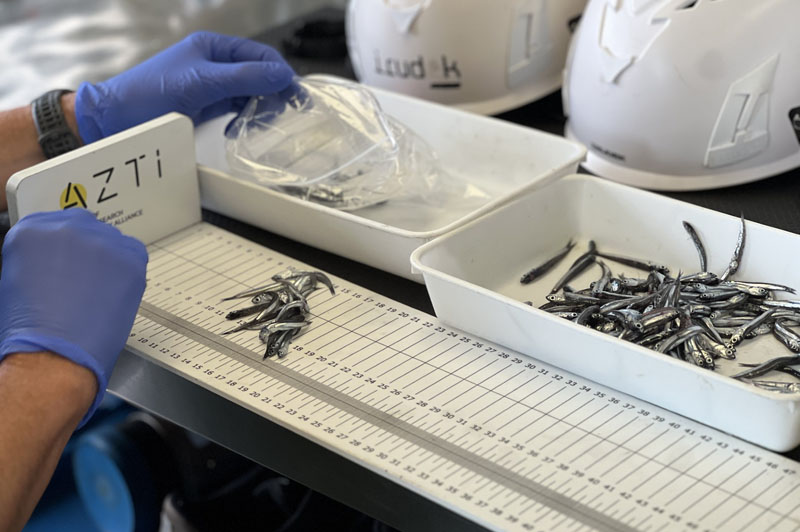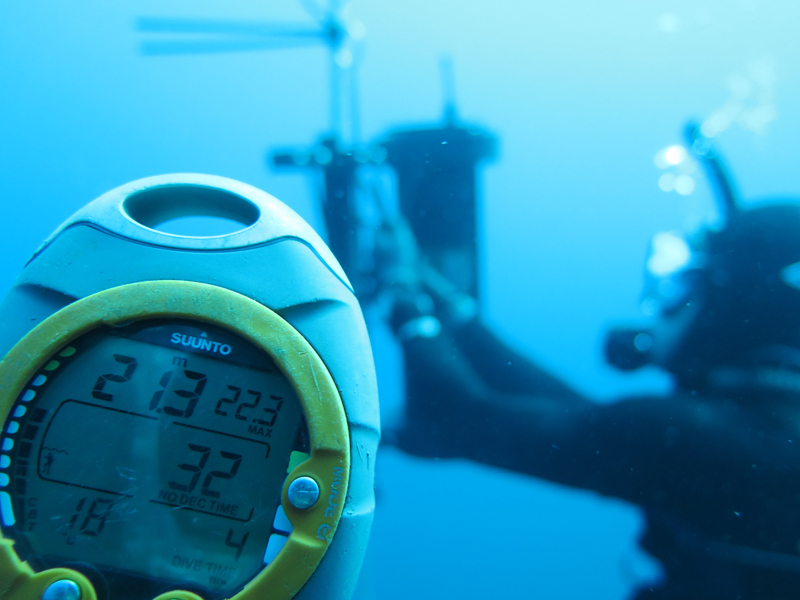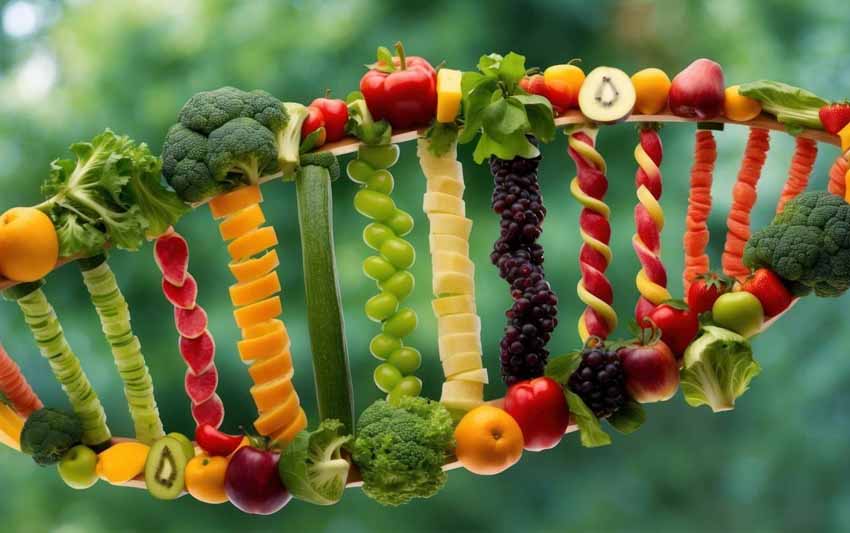Nueva doctora: Ane Lopez de Gamiz
Últimas noticias
AZTI, BKHF y BBK KUNA presentan la certificación “Sustainable Gastronomy” como parte del compromiso con la gastronomía de Euskadi
AZTI gana el XXIV Premio JACUMAR con un método pionero para sexar esturiones mediante PCR
JUVENA 2025: La abundancia de anchoa juvenil en el Golfo de Bizkaia crece y duplica la media histórica
El 12 de diciembre Ane Lopez de Gamiz Zearra defendió su tesis doctoral en el Centro de Investigación en Biología y Biotecnología Marinas Experimentales de Plentzia (UPV/EHU). En su trabajo, titulado “Towards and integrated assessment of the Bay of Biscay ecosystem”, Ane ha desarrollado un modelo ecosistémico espacial en 3D utilizando la herramienta Atlantis con el fin de entender la dinámica ecosistémica del Golfo de Bizkaia y analizar los efectos causados por la pesca. Bajo la dirección de Xavier Corrales y Cecilie Hansen (IMR), y la responsabilidad de Eider Andonegi, esta tesis nos ofrece una herramienta muy valiosa para poder analizar también los efectos de otras presiones a las que se ve sometido este ecosistema marino, entre otras muchas opciones.
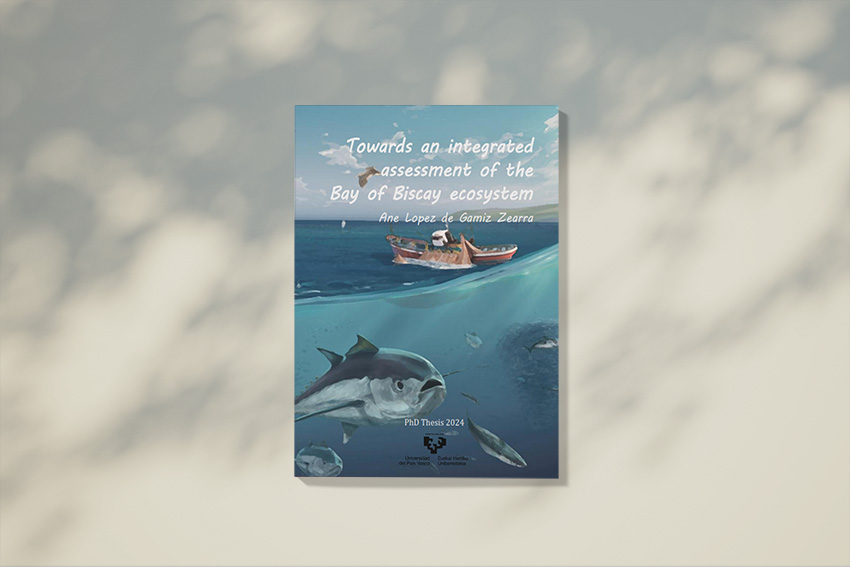
Resumen de la tesis (en inglés)
Marine ecosystems have been subjected to multiple human and environmental impacts for hundreds of years, and how cumulative impacts should be co-managed is still a challenge. As other marine ecosystems, the Bay of Biscay (BoB) has been impacted by a diversity of anthropogenic pressures, including fisheries and climate change.
To address these issues, ecosystem models provide a framework to investigate ecosystem functions and explore the impact of human activities. There are several types of ecosystem models with different levels of complexity. End-to-end models (E2E) are ecosystem models that allows simulations of the entire ecosystem, including oceanography, food web, and multiple anthropogenic pressures. Atlantis is one of the most used E2E model.
The aim of this thesis was to simulate and describe the BoB ecosystem variability and fishing impacts in time and space. For that, an Atlantis end-to-end model was developed.
